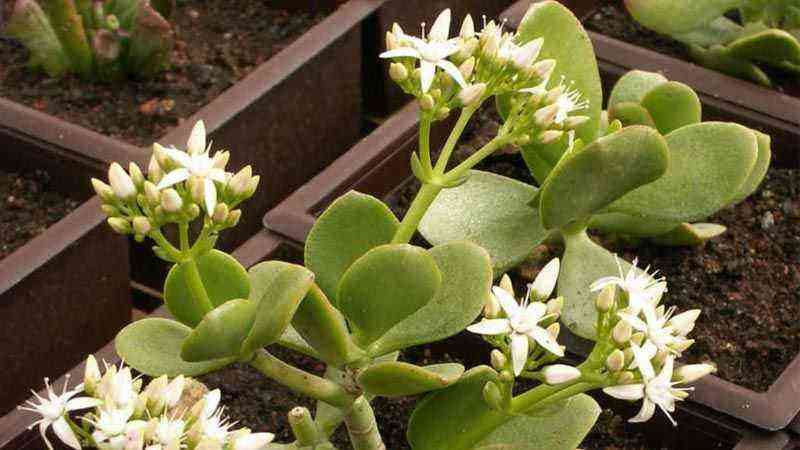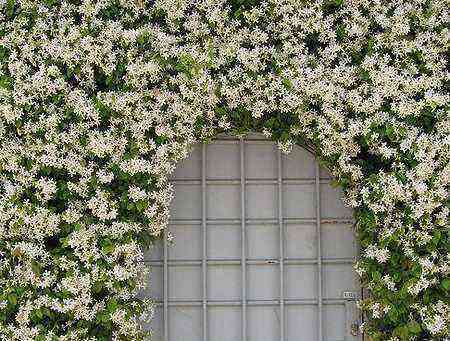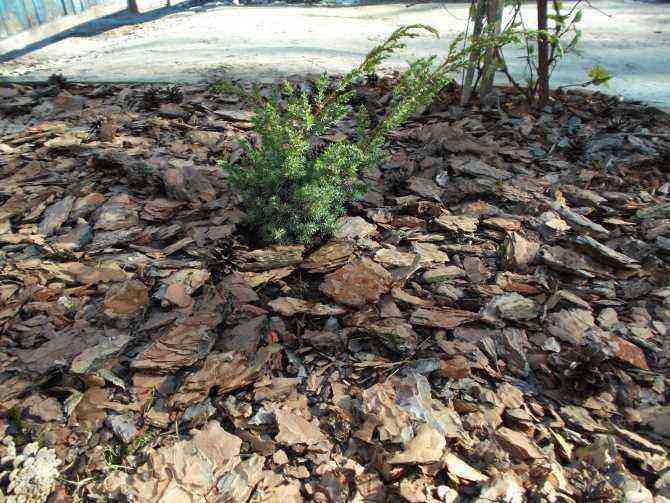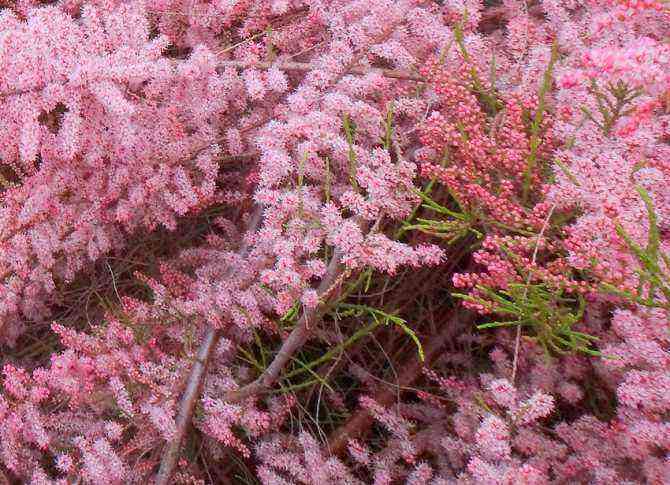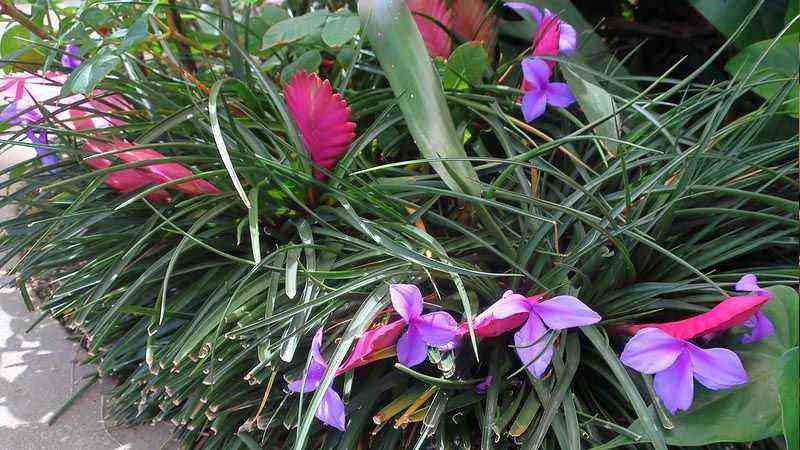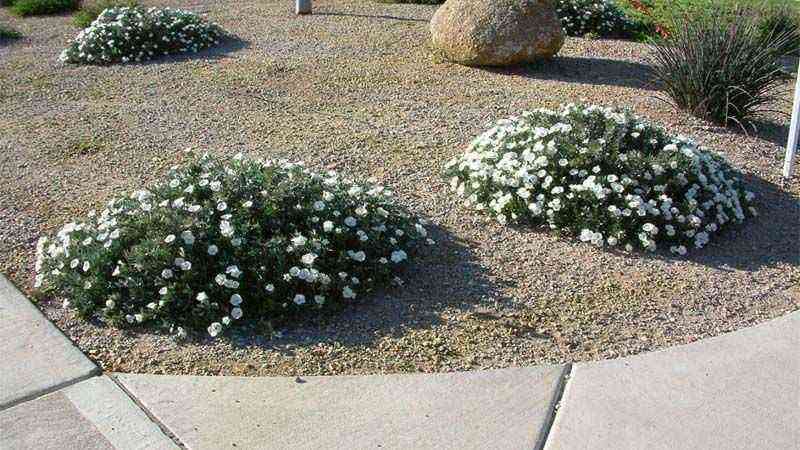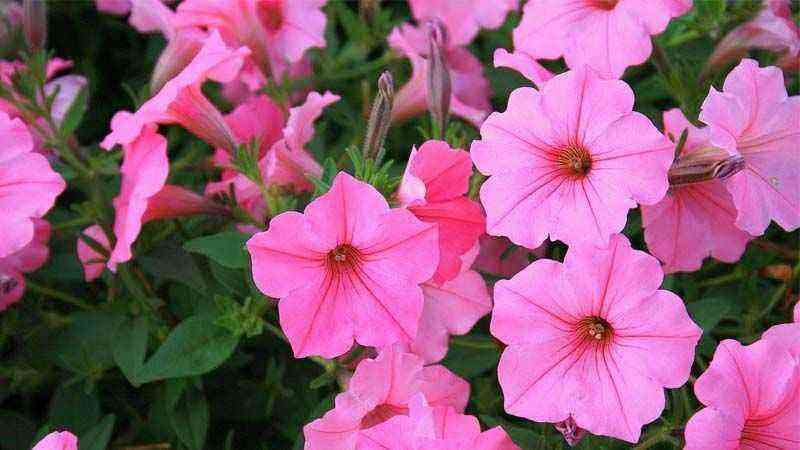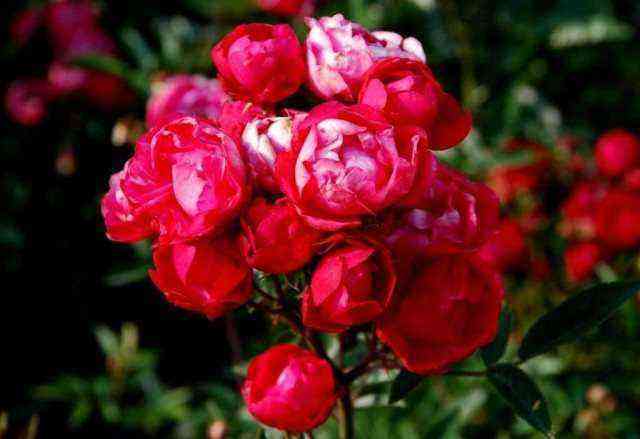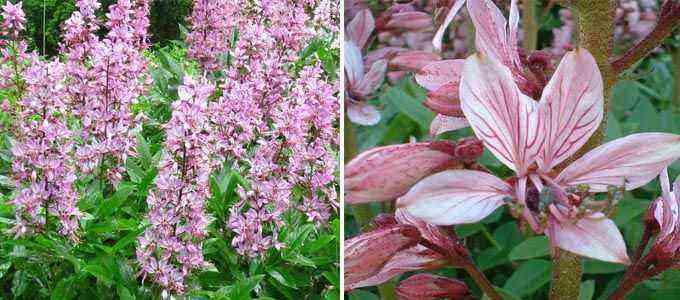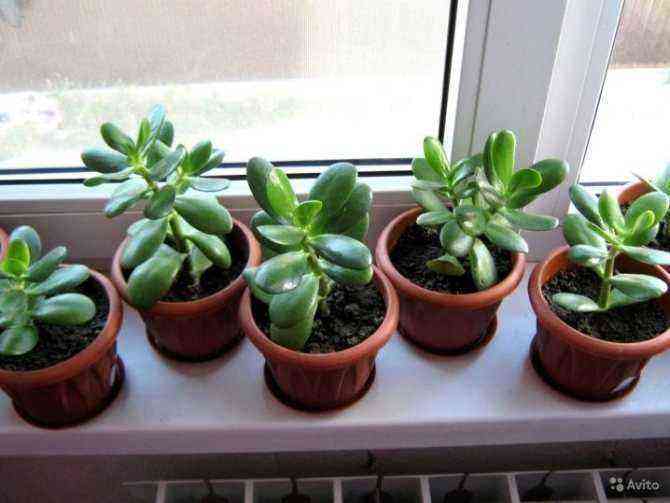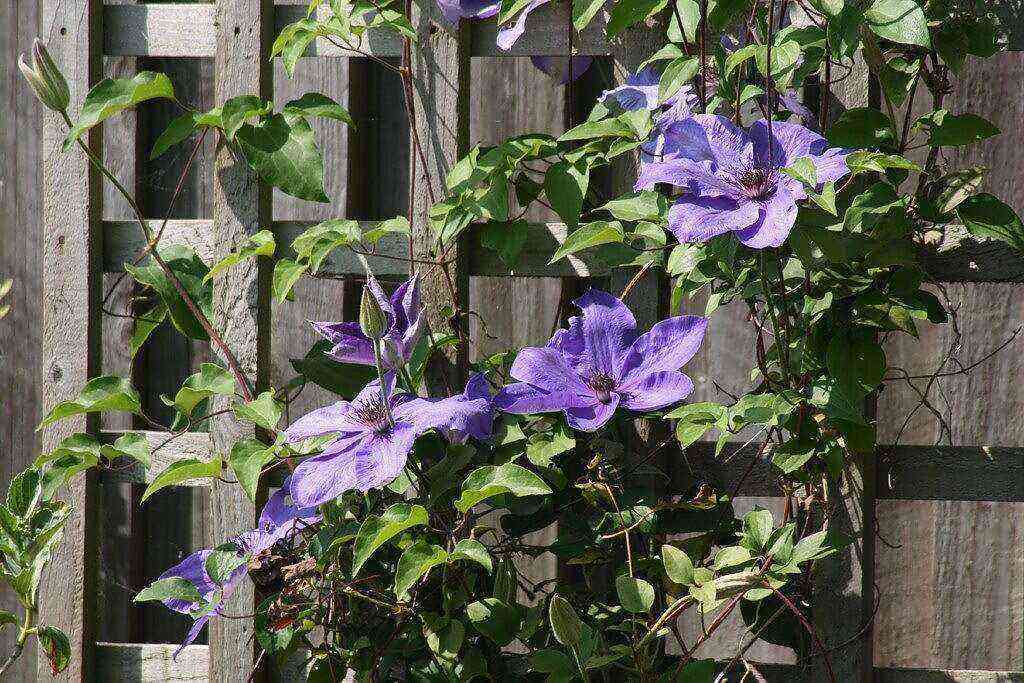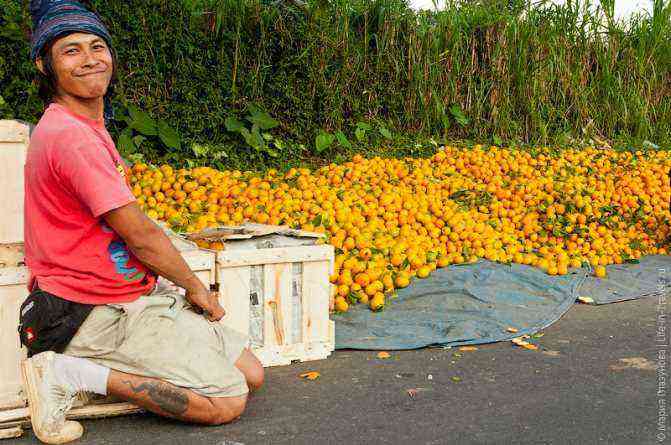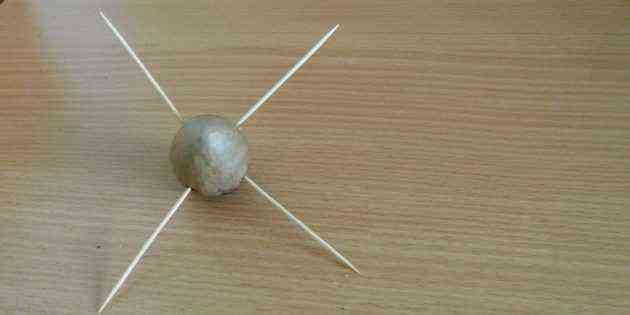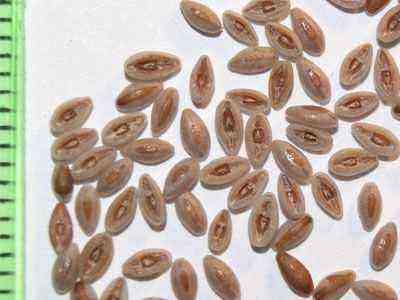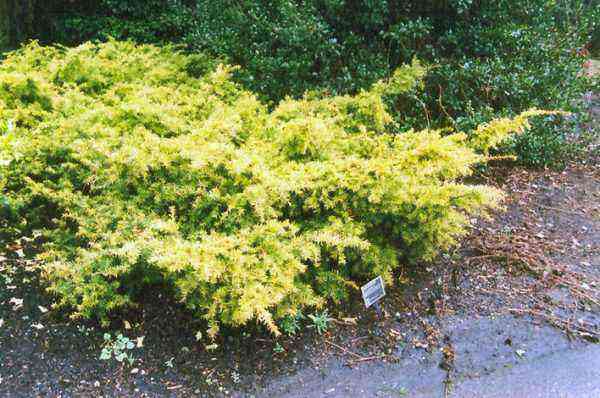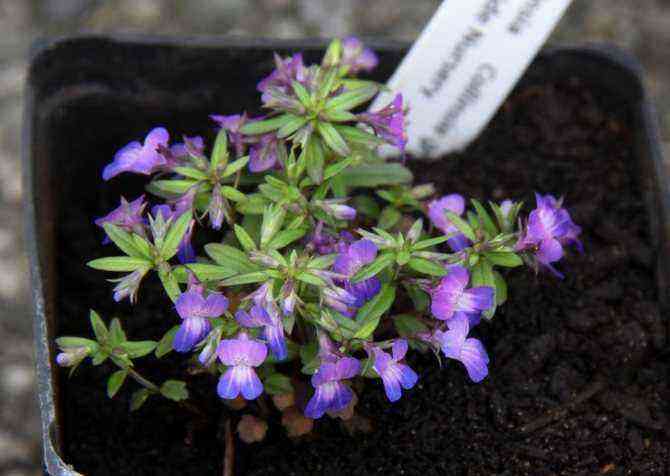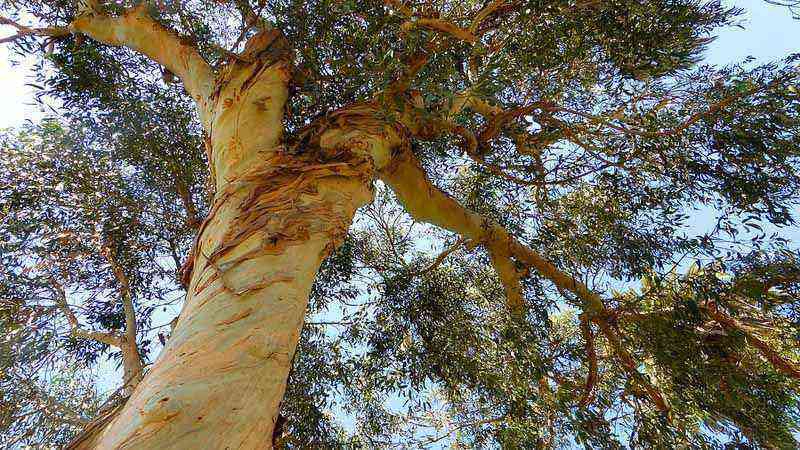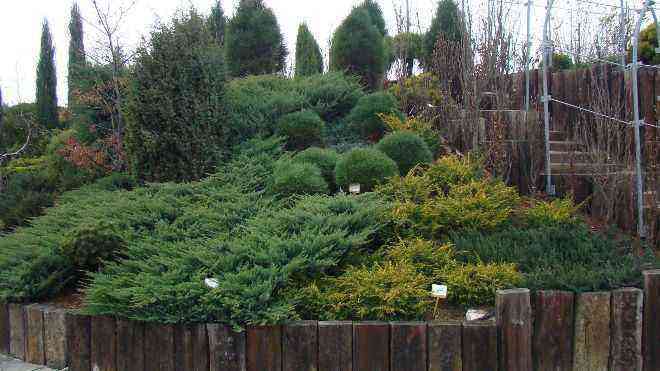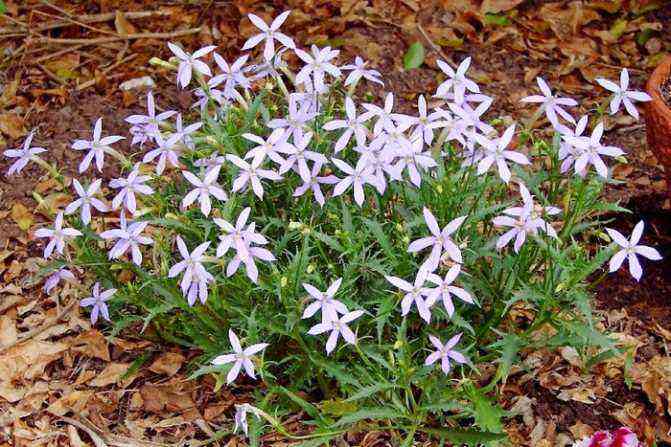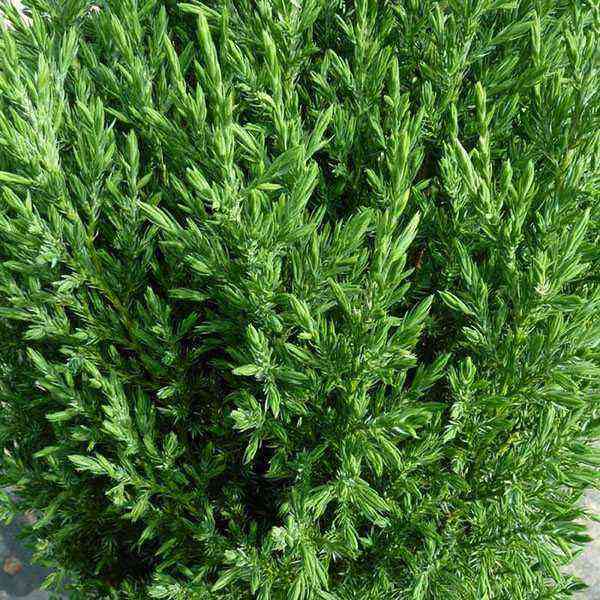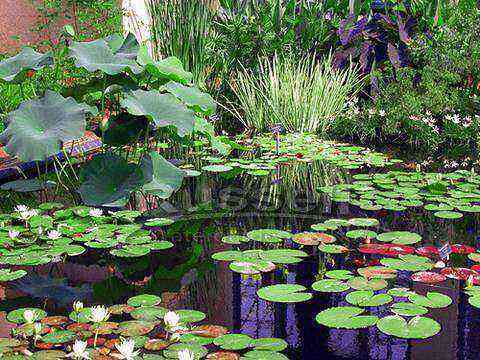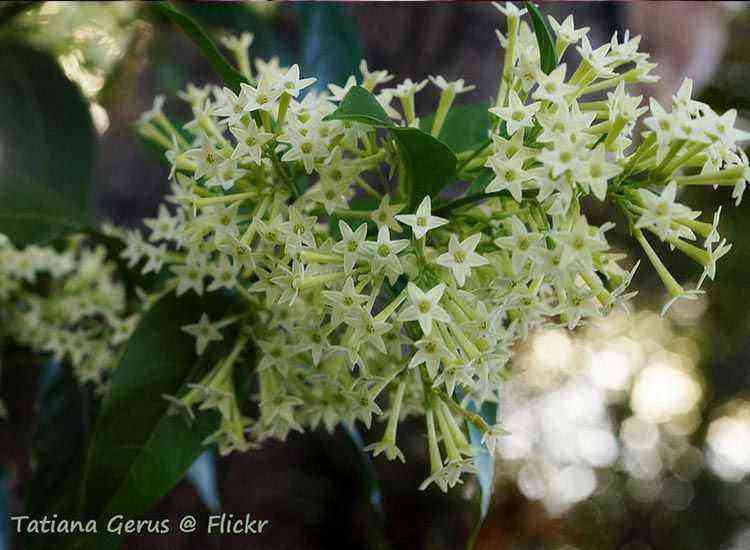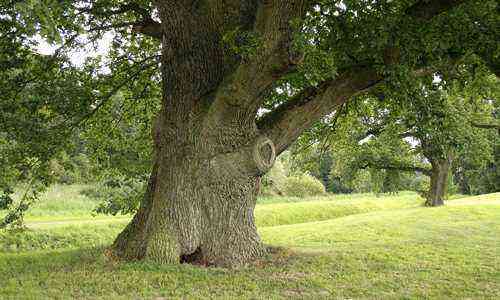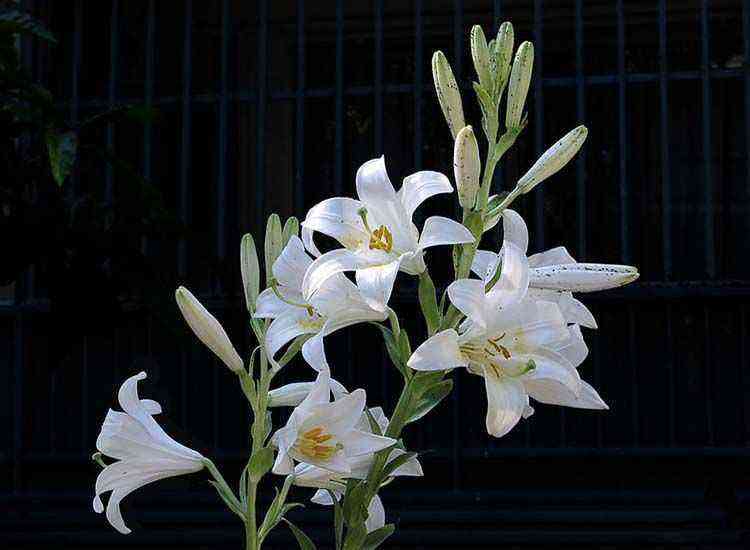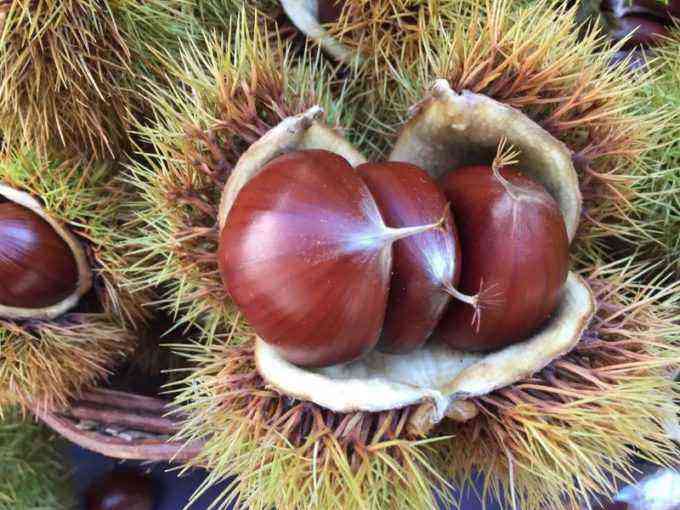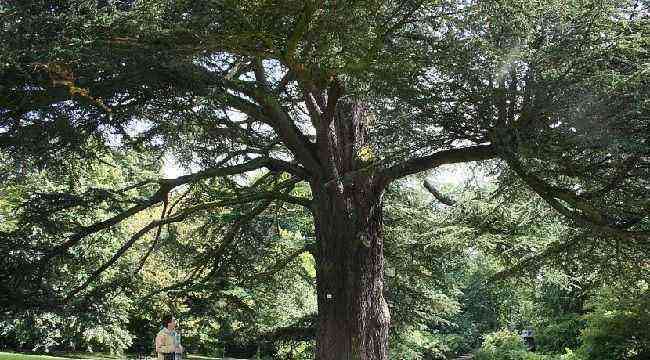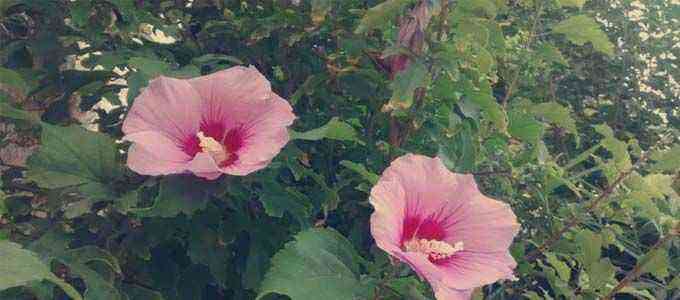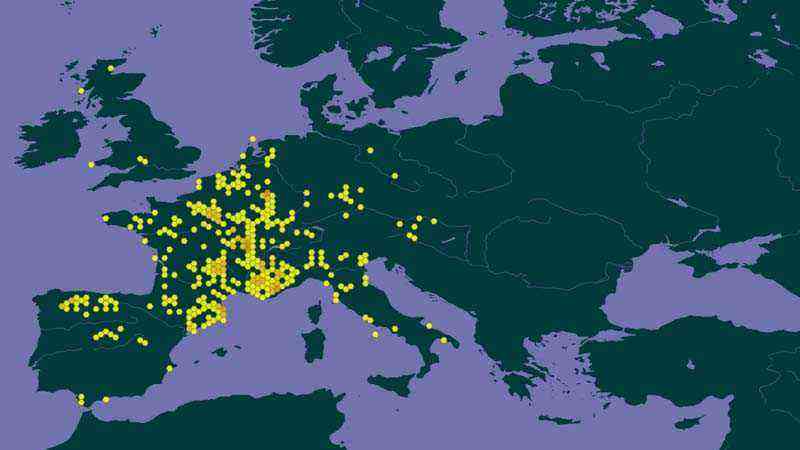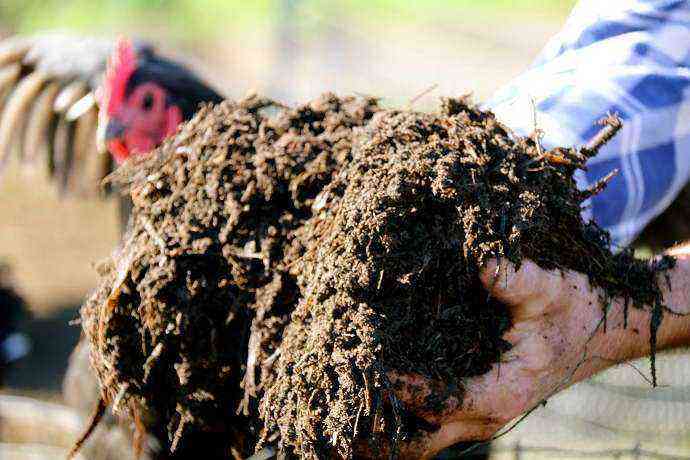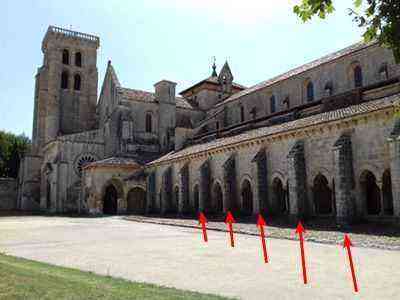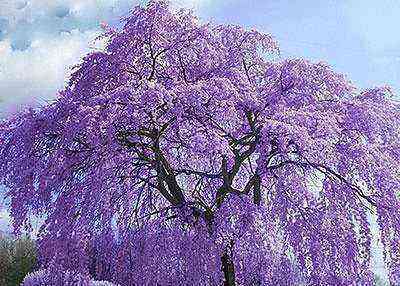Little by little we are adding species cards to our list (which we hope to fill one day). Today we give way to a gardening giant, and we almost have to stand up to just talk about the casuarina, a very common Australian tree in tropical and subtropical regions.
Suitable for your garden? Let’s find out with this grow guide.
Casuarina grow guide
Let’s start by commenting a little on some things of interest in relation to the casuarina. This is a genus of trees and shrubs that has its origin in Pacific islands or also in Australia. In fact, this tree can also be known as Australian pine, female oak, ironwood, etc.
It belongs to the family of Caruarinaceae that form a total of about 70 species (a small family), and in the specific case of the Casuarina that we are going to talk about, it is scientifically known as Casuarina equisetifolia.
La Casuarina is a eminently ornamental tree, and is very similar in shape to a conifer. In fact, in some countries where this tree stands out, Christmas balls and lights are usually hung on it (like what we do here with a Fir Tree). It also has timber purposes, since it has a high quality wood, from which furniture and boats can be made.
Climatic characteristics of casuarina
We start from the basis that the Casuarina is a tree that grows in tropical zones (Pacific islands) or subtropical, with temperatures that are generally ideal. That is, a range of temperatures ranging from 10ºC to 33ºC. We have to say as an important fact that it is not very resistant to frost (no matter how coniferous it may seem in its appearance), so this is a decisive factor to know whether or not we can plant it in our garden.
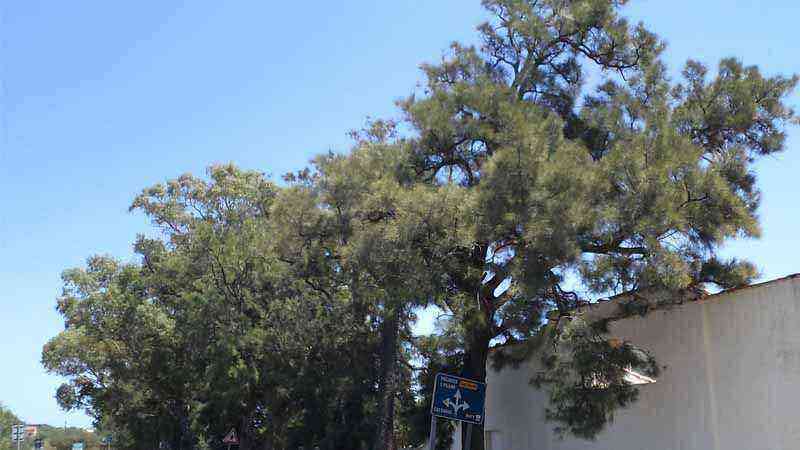

Choosing the best soil for your plantation
In relation to the quality of the soils, the Casuarina gives us a great respite knowing that is not demanding to a specific type of soil. It is allowed to grow both in limestone soils (up to 9,5) and in those that are slightly acidic. Even also grows in coastal climates (Pacific islands, no matter how much we repeat ourselves 😉).
It has been found that the growth of Casuarina is improved when we remove the soil (We plow it with a machine or with the hoe) just before transplanting the tree. Thus the roots have greater movement and develop earlier.
Irrigation and fertilizer needs
Speaking of irrigation, the Casuarina is a tree that withstands dry seasons quite well. Especially in the first years of life we have to be generous with watering, and we can reduce it as the tree grows.
As for the fertilizer, it can be done using organic fertilizers (compost or manure) or mineral fertilizers. Casuarina has nitrogen fixers in its roots, so the application needs of this mineral are considerably reduced. While we prepare the ground we can do a kind of deep tree bed, in which we will add a good amount of organic fertilizer and mix with the earth.
As for mineral fertilizers, the best ones are NPK, for example in an amount of 10-30-10.
Multiplication by seeds
The Casuarina is a species that produces many seeds every year. If we want to see our tree grow from its beginnings (it has a moderately fast growth), we can plant those seeds in a pot indoors or greenhouse in the spring season (March to May).
It is important to plant quickly once we collect the seeds of the Casuarina since lose their viability in a short time (a few months), although this time can be lengthened if we control the temperature (around 0 ºC).
It usually has a medium germination power (around 50%) and they germinate in a short time, around 2 weeks if the temperatures are good (that is why we have said about indoor conditions).
What temperature is necessary for its germination?
Well, they are high temperatures, indoors, around 25 ºC and a maximum of 30 ºC. It is also good that during germination the container with the planted seeds is placed in a light area (next to a window).
